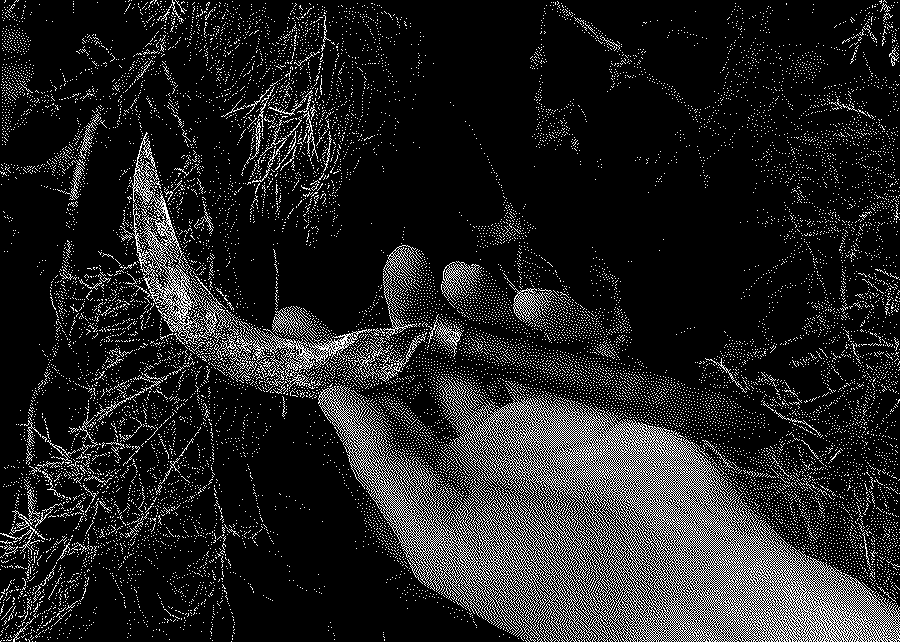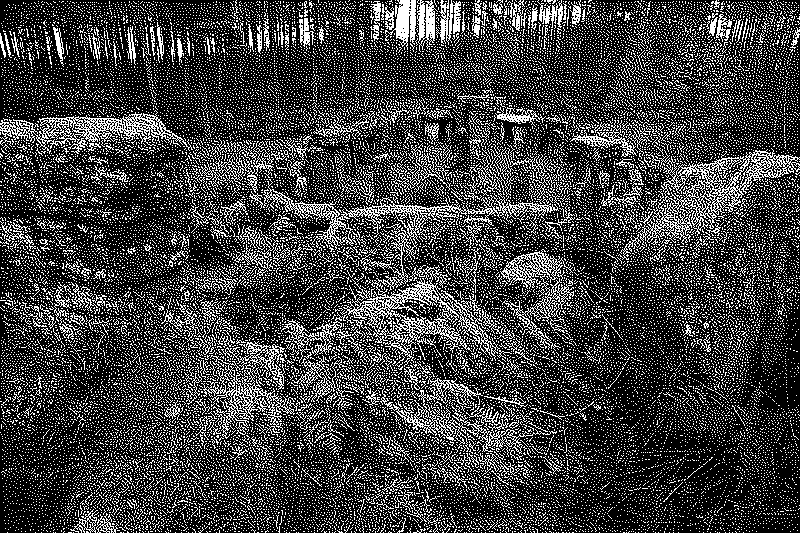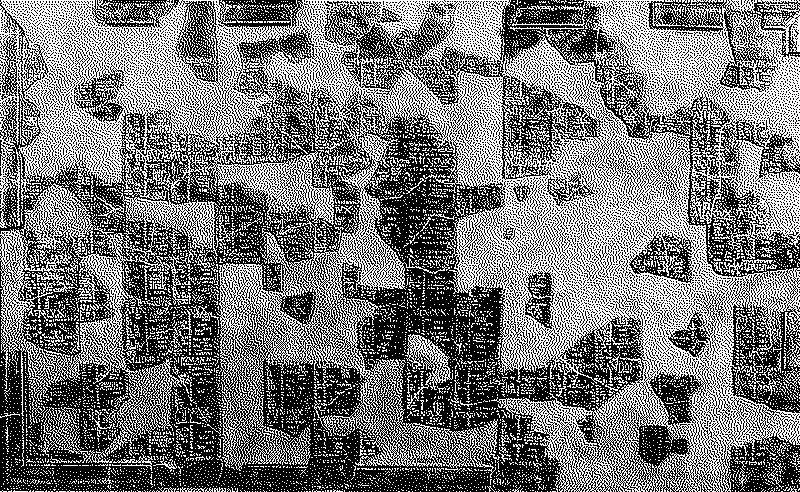
Table of contents
History of druidism
Very few sources concerning the druids of the Iron age subsists to this day, most of the being accounts from Greek, Roman and christian sources. It can be interpreted from these texts that the modern image of the druid as a priestly figure presiding over sacrifices, rituals and the conservation and sharing of wisdom was mostly found amongst the druids of Gaul. Other druids existed in other Celtic societies during that period but often these sources generalize the traditions and culture of the Celts as a monolithic thing, which it very much wasn’t.
Later on, the early christian monks of the 4th to 6th century, the historians and antiquarians of the British Isles during the 19th century and even later on the New Age groups of the 50’s and 60’s developed and crafted a fantastical image and history surrounding the druids, often in order to either defend christianity in opposition to heathen practices, create a glorious historical past to justify a national identity or as a way to combat the uncertainty brought on by the drastic post-war changes in our ways of life.
My approach of druidism isn’t one that pretends to be the continuation of an ancestral tradition tied to a specific culture or country. It is purely a modern creation that borrows from older but still relatively recent sources and also integrates a lot of my own imagination, intuition and habits. Naming it druidism is a bit of a folly in itself (like the druid’s temple in Yorkshire, built in the 19th century) but it feels right to me and taken in it’s context I think leaves enough room for the historical truth of the iron age druids to coexist with the modern invention that is neo-druidry.

My practice
Druidism and magic for me are closely tied to the cycles of sprouting, growth, death and decay present in nature and how it reflects our own internal psychological cycles while going through moments of painful growth and also to societal cycles of progress and deep change. The more I become aware of my own cycles, the more i can live in a deliberate way with them and contribute more to societal growth. So in that sense druidry for me is more a frame of mind, a series of habits and personal traditions around nature and my relationship with it.
The three yearnings of druids according to the order of bards ovates and druids are also in alignment with how I perceive the practice:
- To be fully creative in our lives,
- to commune deeply with the world of Nature,
- and to gain access to a source of profound wisdom
“If we wish to live in authentic cooperation with the planet and its host of spirits, de-centering our narratives and putting our ear to the ground to listen for instruction is the first step.”
– Melissa Madara

Celebrations and important calendar dates
Developing an awareness of the cycles of the seasons and what they bring is a good guide for our own activities and it’s something that’s easy to fall out of synch with when living in the city. Here are the most common celebrations observed my modern druids and pagans.
Samhuinn/Samhain
The Druid festival of the Ancestors – a time for honouring those who have died, celebrated around 1st November in the Northern Hemisphere, 1st May in the Southern. It is that start of the Celtic year, where the wheel starts.
Yule (winter solstice)
Held on the shortest day of the year, a celebration of light and warmth in a time of darkness. It is celebrated on December 20th in the Northern Hemisphere.
Imbolc/Oimelc
The Druid festival of the Goddess, particularly Brighid, celebrated around 1st February in the Northern Hemisphere, 1st August in the Southern. It symbolizes the promise of the return of spring.
Ostara (spring equinox)
Marks the beginning of spring and all things coming back to life. It is celebrated on March 19th in the Northern Hemisphere.
Beltane/Bealteinne
The Druid festival dedicated to celebrating Spring and the union of God and Goddess. Meaning ‘The Good Fire’, Beltane celebrations usually include leaping over a bonfire. Celebrated around 1st May in the Northern Hemisphere, 1st October in the Southern.
Litha (summer solstice)
Celebrated on the longest day of the year, it marks the start of summer, it is a time of blessings for the crops and of unions and engagements. It is celebrated on June 19th in the Northern Hemisphere.
Lughnasadh/Lammas
The Druid festival of the Harvest, celebrated around 1st August in the Northern Hemisphere, 1st February in the Southern.
Mabon (autum equinox)
The arrival of autumn and the reaping of the harvest. It is a fest of abondance and preparation for the darker times to come. It is celebrated on Sept 21th in the Northern Hemisphere.